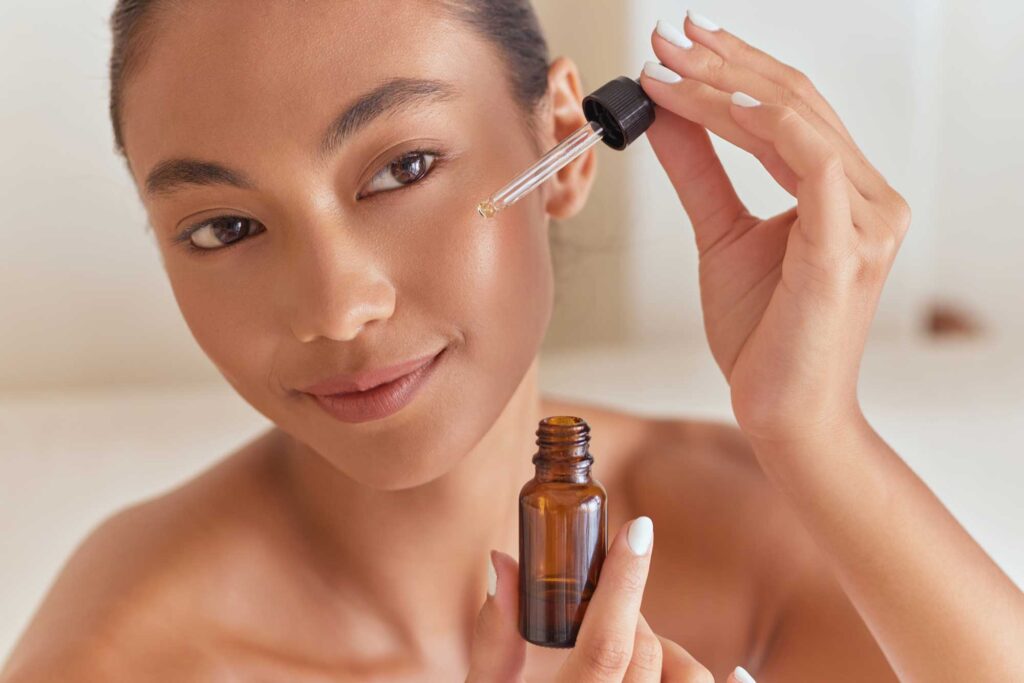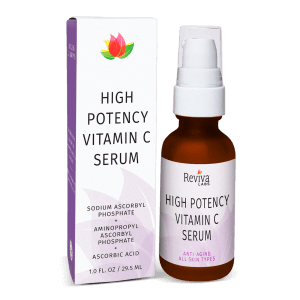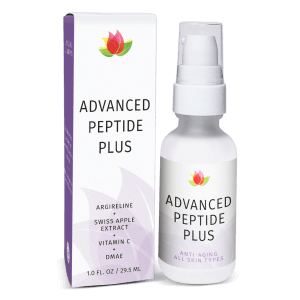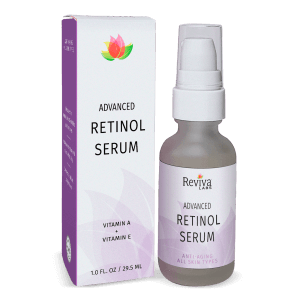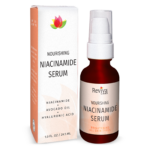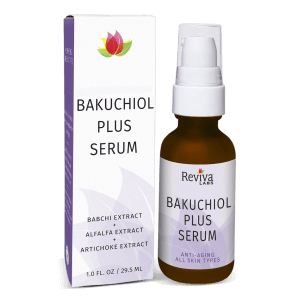Natural, Reviva Labs
How to Incorporate Vitamin C and Retinol into Your Routine Without Irritating Your Skin
It’s easy to fall in love with skincare’s superstar ingredients – Vitamin C and retinol both earn top billing for their anti-aging, brightening, and complexion-boosting abilities. But combining these powerhouses in one routine can feel more like a chemistry experiment than a self-care ritual. With the right sequence, formulations, and a bit of patience, though, you can make both work beautifully without upsetting your skin.
The Case for Vitamin C in Your Morning Routine
Vitamin C is one of the most extensively studied antioxidants in dermatology. It doesn’t just fade the look of dark spots – it defends against visible signs of premature aging caused by UV exposure and pollution. L-ascorbic acid, in particular, has shown to boost collagen production, reduce pigmentation, and improve skin texture over time.
What makes it a perfect morning ally is its ability to act like an invisible shield. When layered under sunscreen, it amplifies photoprotection, making your daily SPF work even harder. You’re not just preventing damage; you’re treating existing concerns simultaneously.
Reviva Labs’ Vitamin C Serum blends three forms of Vitamin C – Aminopropyl Ascorbyl Phosphate, L-Ascorbic Acid, and Sodium Ascorbyl Phosphate – for a balanced, potent, and stable solution that’s less likely to cause irritation. It also includes hyaluronic acid to keep skin hydrated, and mulberry and lemon peel extracts to further brighten and smooth uneven tone.
If you’re new to Vitamin C, start with a few drops every other morning and monitor your skin’s response. Some mild tingling is normal at first but stinging or redness are signs to reduce frequency or switch to a gentler derivative.
Why Retinol Belongs in Your Nighttime Arsenal
While Vitamin C protects and brightens, retinol rebuilds. This Vitamin A derivative accelerates skin cell turnover and promotes collagen synthesis, making it the gold standard for tackling wrinkles, acne, and hyperpigmentation. But here’s the catch – it can also make your skin sensitive, dry, and flaky if introduced too quickly or paired with other active ingredients at the wrong time.
That’s why timing is key. Retinol should always be reserved for nighttime use, when your skin naturally enters repair mode. It’s also more stable in the absence of sunlight.
Reviva Labs’ Advanced Retinol Serum uses 0.10% retinol alongside hydrating and calming agents like caprylic triglyceride and Vitamin E to minimize irritation while delivering results. If you’re layering, apply this serum after cleansing and wait a few minutes before following up with a moisturizer. That slight delay allows retinol to fully absorb and work undisturbed.
For beginners, two nights a week is a safe starting point. As your skin builds tolerance, increase usage gradually to three or four nights.
Don’t Mix Them – Alternate Instead
A common question is whether it’s okay to use Vitamin C and retinol at the same time. Theoretically, you could. But in real-world skin routines, layering these two in a single session often leads to irritation, especially for those with sensitive skin or compromised barriers.
The smartest strategy? Alternate days or split the routine into AM (Vitamin C) and PM (retinol). This way, each ingredient has room to work its magic without interference or triggering a reaction.
For example:
- Morning: Cleanser → Vitamin C serum → Moisturizer → SPF
- Evening (every other night): Cleanser → Retinol serum → Moisturizer
On nights when you’re not using retinol, nourish your skin with barrier-repairing ingredients. Reviva Labs’ Calming Rejuvenation Crème, which includes hemp seed, rosehip, and seabuckthorn oils, is ideal for replenishing moisture and soothing inflammation on your off nights.
What About Layering with Other Ingredients?
Once you’ve settled into a Vitamin C and retinol rhythm, it’s tempting to add in other trendy actives – AHAs, BHAs, peptides, or niacinamide. But tread carefully. Certain combinations can work beautifully, while others might overload your skin.
Here’s what plays nicely:
- Vitamin C + Hyaluronic Acid – Great for layering. Hyaluronic acid enhances hydration and plumps skin without interfering with Vitamin C’s effectiveness.
- Retinol + Peptides – Supportive duo. Peptides help fortify the skin barrier and encourage repair, countering the drying effects of retinol.
- Vitamin C + Niacinamide (in separate steps) – These can be used in the same routine, provided they’re in formulations that are pH-balanced to avoid potential reactions.
Niacinamide, especially at 5% concentration like in Reviva Labs’ Nourishing Niacinamide Serum, is a superb choice for daytime or alternate evening use. It calms inflammation, balances oil production, and enhances skin tone over time – all without clashing with your Vitamin C or retinol steps.
Watch for Over-Exfoliation
Retinol promotes exfoliation naturally by accelerating skin turnover. If you’re already using scrubs or products containing glycolic acid or salicylic acid, be cautious not to double up. Too much exfoliation can break down your skin’s protective barrier, causing irritation, redness, and breakouts.
Instead, consider exfoliating just once a week with a mild product like a fruit enzyme mask or gentle peel. This allows you to keep your skin smooth and ready to absorb other products without overwhelming it. Reviva’s Light Skin Peel Mild Exfoliant is a good example of a gentle option that complements active routines.

Prioritize Barrier Repair
Any routine featuring potent actives like retinol and Vitamin C must be balanced with hydration and repair. Without enough moisture, even the most effective ingredients won’t perform optimally – and worse, they might compromise your skin.
Use moisturizers rich in ceramides, squalane, or hyaluronic acid. Reviva’s Intercell™ Hyaluronic Acid Day Crème offers deep hydration while shielding skin from environmental stressors during the day. At night, you might reach for something richer like their Collagen Revitalizing Crème, which includes bakuchiol and peptides for added anti-aging benefits.
Give It Time – And Stay Consistent
Visible changes in your skin won’t happen overnight. It typically takes 6 to 12 weeks to see noticeable improvements from retinol or Vitamin C. Stick to your schedule, even if the results seem slow at first. Consistency always trumps intensity in skincare.
If you’re ever tempted to quit because of flaking or redness, scale back – but don’t give up. Often, a small tweak like reducing frequency or adding a recovery moisturizer makes all the difference.
The Most Common Pitfalls to Avoid
Skincare mishaps happen, especially with strong actives. Here’s what to watch out for:
- Using both Vitamin C and retinol on freshly exfoliated skin – your skin needs recovery time.
- Applying too much product – more is not better; a few drops or a pea-sized amount is plenty.
- Skipping SPF – this is non-negotiable. Retinol increases photosensitivity, and Vitamin C enhances your defense, but sunscreen still does the heavy lifting.
- Ignoring ingredient labels – avoid hidden sensitizers like denatured alcohol or fragrances that can exacerbate irritation when using actives.
Listen to Your Skin
Ultimately, your skin is the best guide. If something burns, stings persistently, or causes breakouts, pause and reassess. Not every formula suits every skin type, even if the ingredient itself is highly praised.
Experiment with timing, switch to gentler derivatives, and always layer with hydration. Your routine should feel nurturing, not like a battle.
When balanced correctly, Vitamin C and retinol can absolutely transform your skin. Not just in how it looks – but how it feels.

